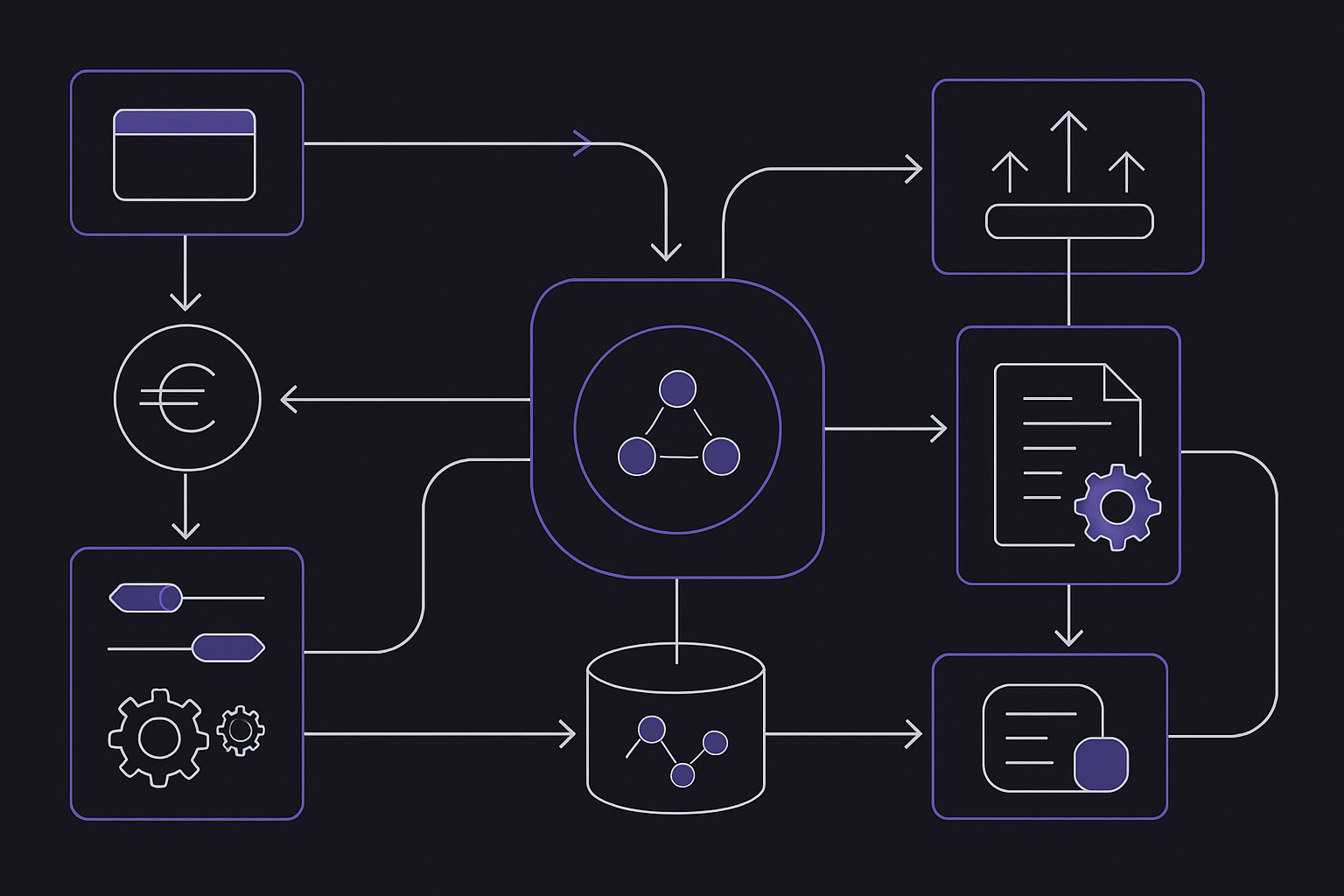JPYC on Avalanche: How Japan’s First Regulated Yen Stablecoin is Transforming Cross-Border Payments

Japan’s financial landscape is experiencing a pivotal transformation with the launch of JPYC, the country’s first regulated yen-backed stablecoin, on the Avalanche blockchain. This development is not just a technical upgrade – it signals a strategic leap for non-USD stablecoins in Asia and underscores Japan’s ambition to modernize cross-border payments while maintaining strict regulatory oversight. For investors and institutions eyeing alternatives beyond dollar-dominated digital assets, JPYC represents a major milestone.
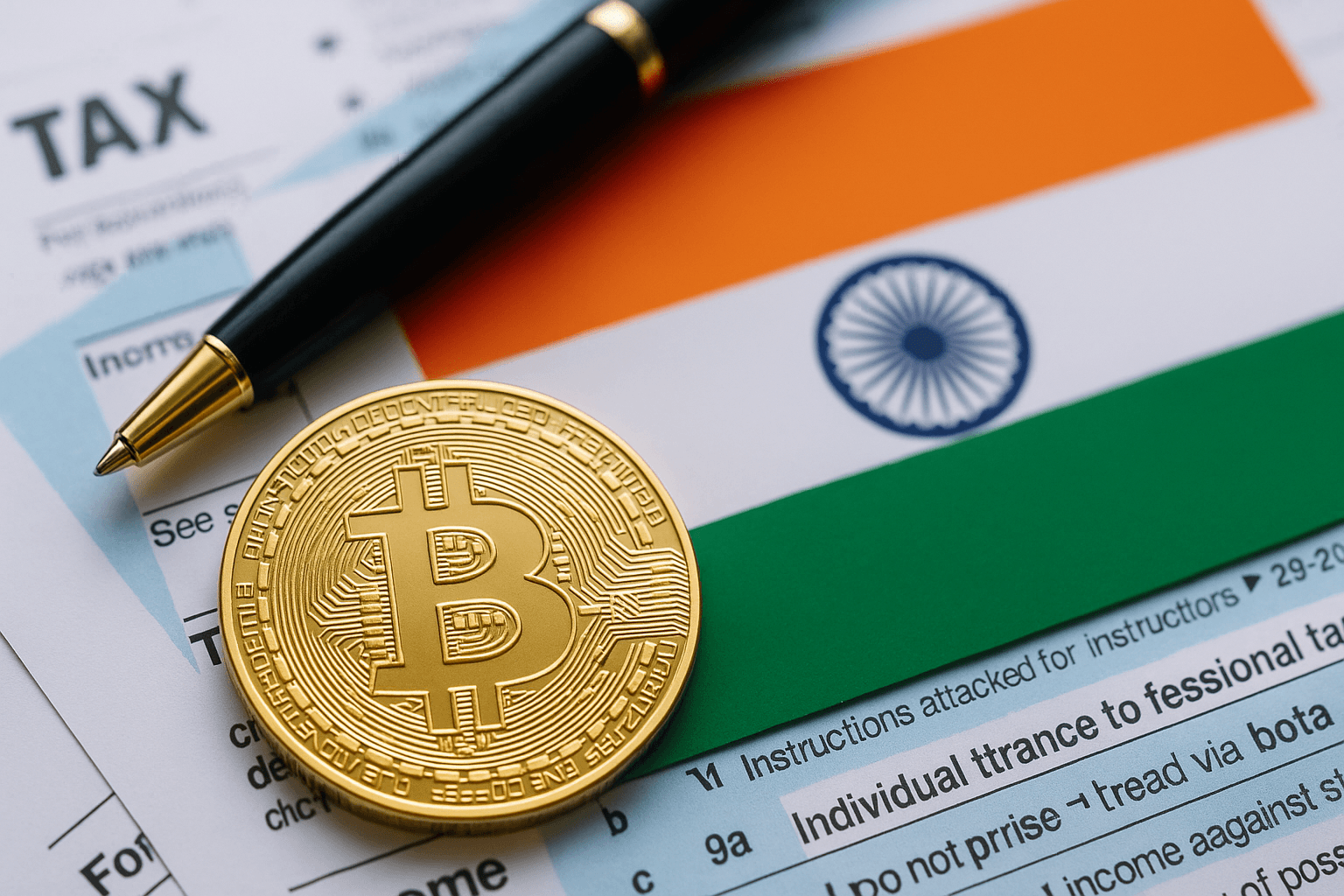
Regulatory Clarity: The Foundation of Trust in JPYC Stablecoin
The credibility of any stablecoin hinges on regulatory acceptance and robust backing. JPYC Inc. , a Tokyo-based fintech firm, secured its position by registering as a funds transfer service provider under Japan’s revised Payment Services Act. This move places JPYC under direct supervision of the Financial Services Agency (FSA), offering assurance to both institutional and retail users that every token is fully backed 1: 1 by Japanese yen reserves and government bonds.
This regulatory clarity sets JPYC apart from many global counterparts. Unlike unregulated or offshore-issued stablecoins, JPYC’s compliance with domestic law supports wider adoption among banks, fintechs, and corporates seeking to streamline international transactions. The Japanese government’s recent reforms now allow banks, trust companies, and money transfer businesses to issue stablecoins – creating fertile ground for further innovation in digital asset payments.
Avalanche Blockchain: Accelerating Cross-Border Payment Efficiency
Why did JPYC choose Avalanche as one of its launch platforms? Avalanche’s high-speed consensus mechanism enables near-instant settlement with low transaction costs – two factors that are critical for cross-border payments where traditional methods remain slow and expensive. By leveraging Avalanche alongside Ethereum and Polygon, JPYC gains interoperability across leading DeFi ecosystems while ensuring scalability for mass adoption.
The result is a yen-denominated digital asset that can be moved globally at unprecedented speed. Businesses can settle invoices or payrolls internationally within minutes rather than days, while retail users benefit from lower remittance fees. As highlighted by Japanese regulators, this could help lower cross-border payment costs significantly and foster new blockchain-based financial services throughout Asia.
JPYC in Context: Non-USD Stablecoins Rise in Asia
The debut of the JPYC stablecoin comes at a time when Asian markets are actively seeking alternatives to USD-based digital currencies. Yen-backed tokens like JPYC offer local businesses exposure to crypto innovation without foreign exchange risk or dependency on dollar liquidity. This aligns with broader trends in non-USD stablecoins gaining traction for trade finance, DeFi participation, and digital commerce across the region.
For those interested in how this fits into Japan’s evolving crypto ecosystem – including bank-backed initiatives like Project Pax – our deep dive on bank-backed stablecoins in Japan provides additional context on institutional adoption.
Backing Structure: Why 1: 1 Collateralization Matters
Unlike algorithmic or partially collateralized models that have struggled under stress, JPYC maintains full 1: 1 backing via yen deposits and government bonds held in regulated accounts. This ensures price stability even during volatile market conditions – an essential feature for enterprises relying on predictable settlement values.
The transparency around reserves also appeals to international partners wary of counterparty risk. With regular audits mandated by Japanese law, users can verify that every JPYC token corresponds directly to real-world assets held within Japan’s robust financial system.
Beyond technical and regulatory strengths, the strategic deployment of JPYC on Avalanche has broader implications for the evolution of cross-border payments and digital finance in Asia. By integrating with multiple blockchains, JPYC is not only future-proofing its utility but also positioning itself as a bridge between traditional finance and the rapidly growing DeFi sector. This multi-chain approach is already influencing how Japanese corporates, fintech startups, and even regional banks assess their payment rails and treasury strategies.
For businesses operating in import/export, logistics, or global e-commerce, using a regulated yen stablecoin like JPYC means they can bypass legacy correspondent banking networks. Settlement times shrink from days to minutes, while FX conversion costs are minimized. This efficiency is especially attractive for SMEs that previously faced high barriers to international expansion due to friction in moving funds out of Japan.
Real-World Adoption: JPYC’s Growing Use Cases
The practical use cases for the Japanese yen stablecoin Avalanche integration are expanding quickly:
Real-World Applications of JPYC Stablecoin
-

Cross-Border Payroll: Companies can use JPYC to pay international employees and contractors in Japanese yen, reducing currency conversion fees and enabling faster settlements via Avalanche’s blockchain.
-
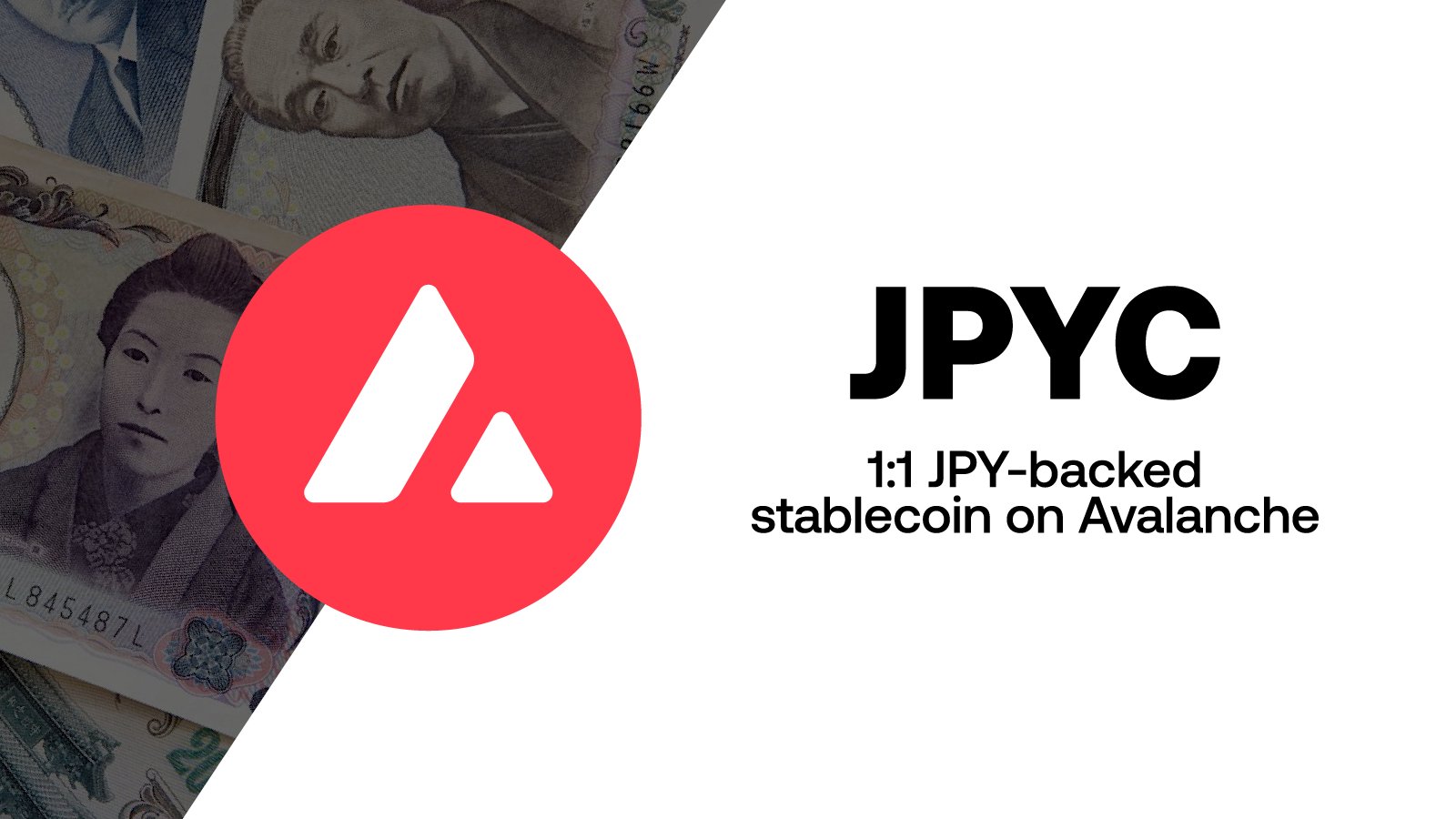
Remittances to and from Japan: Individuals can send JPYC stablecoins to family or business partners abroad, leveraging Avalanche’s low fees and rapid transaction speeds for efficient remittances.
-
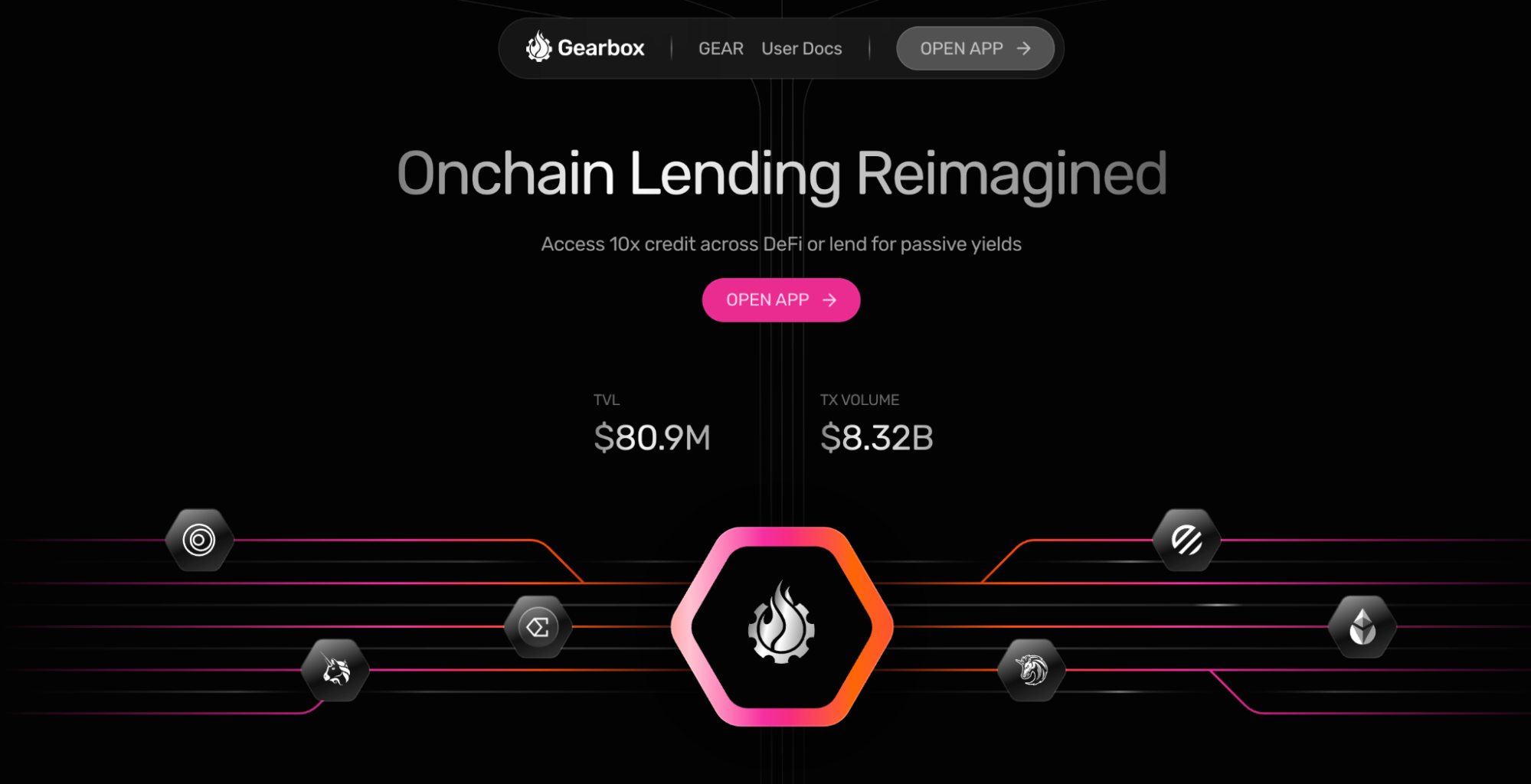
DeFi Yield Farming: Users can deposit JPYC into decentralized finance (DeFi) protocols on Avalanche and compatible blockchains like Ethereum and Polygon to earn yields, participate in liquidity pools, or access lending platforms.
-

Business-to-Business (B2B) Settlements: Enterprises can settle invoices and conduct B2B transactions using JPYC, ensuring stable, transparent, and auditable payments across borders, especially for import/export operations.
-
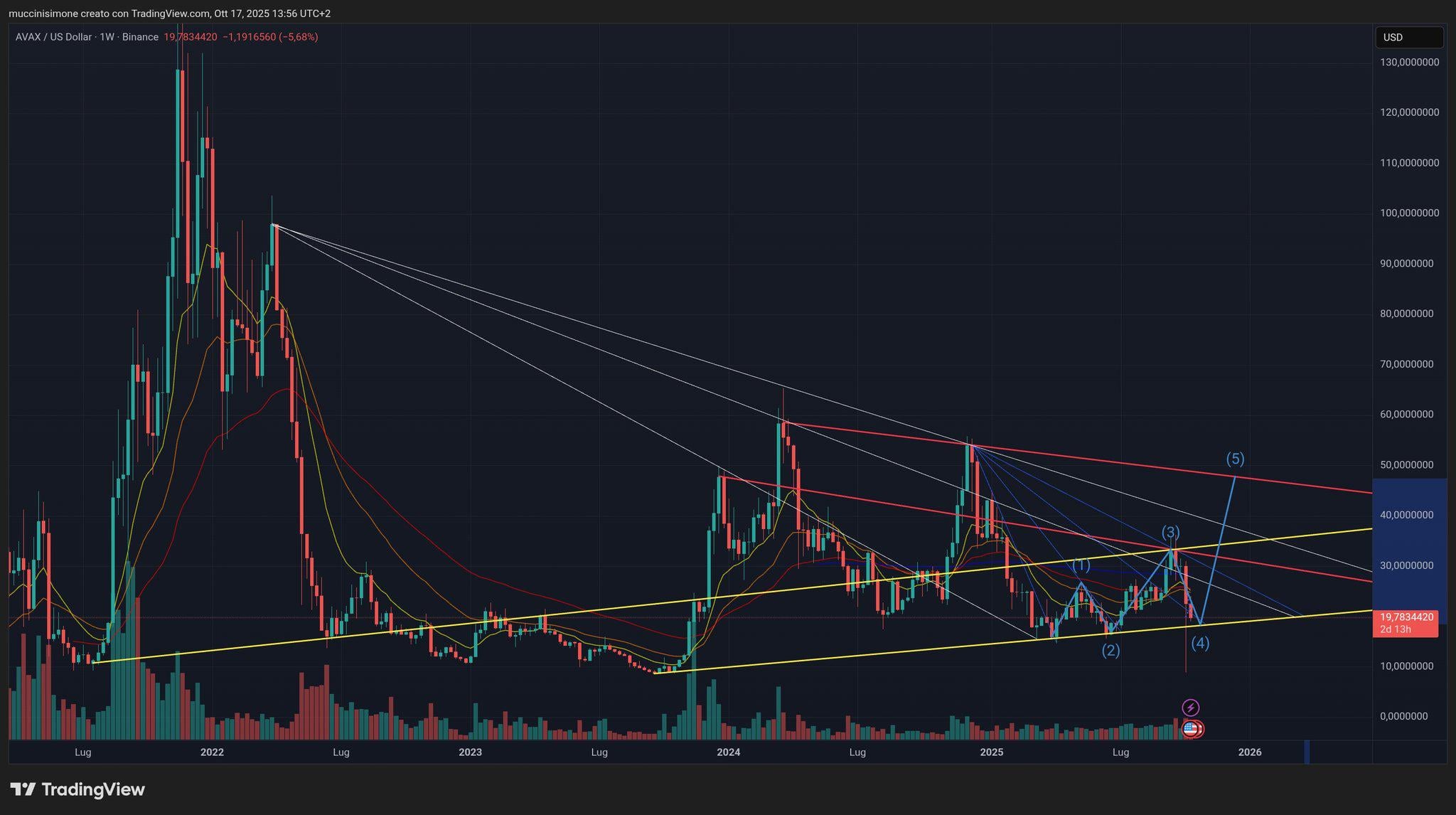
NFT Marketplaces: JPYC is accepted on select NFT marketplaces operating on Avalanche, allowing users to buy, sell, or auction digital art and collectibles denominated in Japanese yen.
Early adopters are already experimenting with yen-backed liquidity pools on Avalanche-based DeFi protocols. Meanwhile, Japanese merchants can accept JPYC for digital goods or services without exposure to crypto volatility. As more dApps integrate JPYC as a payment or collateral option, its network effects will compound – driving further adoption across both Web3 and traditional commerce sectors.
Strategic Impact: Shaping Japan’s Digital Asset Future
JPYC’s launch is not an isolated event; it’s part of a wider movement toward regulated digital assets in Japan. The country’s largest banks are exploring their own stablecoins and collaborating on projects like Project Pax to connect domestic financial infrastructure with global blockchain networks. For investors tracking non-USD stablecoins Asia-wide, this signals that Japan is committed to setting high standards for compliance while embracing innovation.
This competitive landscape may soon see interoperability between multiple yen-backed tokens issued by banks and fintechs alike. The result could be a robust ecosystem where consumers and institutions can move value seamlessly between fiat accounts and blockchain wallets, without ever touching the US dollar or relying on offshore entities.
What’s Next? Opportunities and Challenges Ahead
While the promise of regulated yen stablecoins is clear, challenges remain. Regulatory harmonization across jurisdictions will be critical if JPYC hopes to capture significant market share in Asian trade corridors. There will also be ongoing scrutiny over reserve management practices and transparency as adoption scales.
Yet the direction of travel is unmistakable: Japan’s regulators have set out a blueprint that balances innovation with investor protection, a model other markets may soon emulate. For those seeking deeper analysis of features, risks, and opportunities surrounding this new era of yen-pegged tokens, our guide on JPYC’s features and risks offers strategic insights tailored for portfolio managers and institutional investors.
The rise of JPYC on Avalanche marks a watershed moment not just for Japan but for the entire global push toward interoperable non-USD stablecoins. As new use cases emerge, from programmable payments to seamless remittance flows, the yen’s digital transformation looks set to reshape both domestic finance and international trade in profound ways.




